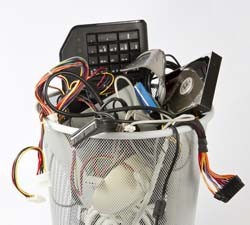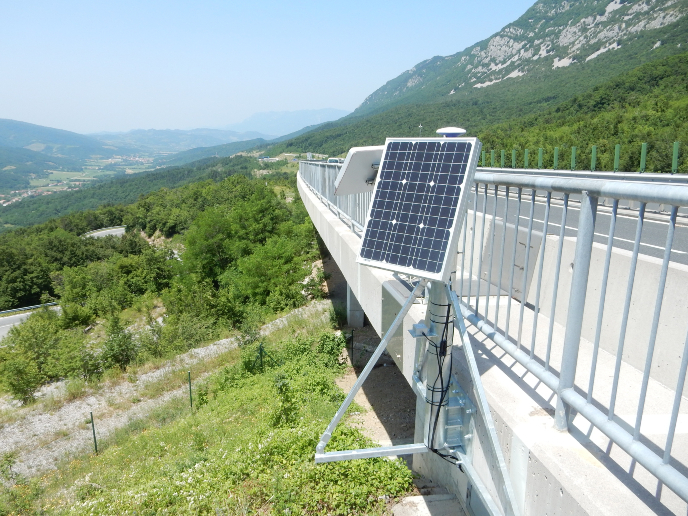Dealing with electronic trash
Computers and other electronic devices have a short product cycle, meaning that older models soon become mountains of junk. Managing and disposing of such waste presents a significant challenge. The EU-funded GREENET project aims to find ways of managing the Waste Electrical and Electronic Equipment (WEEE) problem by developing policy guidelines. The five EU partners are working with four Chinese agencies to establish communication channels and foster collaborative research. The four-year project concludes in July 2015. To date, the project has developed radio frequency identification technology for tracing WEEE throughput. Those results led to development of a process for managing both innovation and the flow of materials. A decision-support system augments the process. The study is currently analysing remanufacturing options, including industrial case studies in China. The group developed a life-cycle assessment framework for integration into the case study concerning end-of-life planning for LCD televisions. The consortium has developed and shared relevant knowledge among partners and external stakeholders, and set the direction for its ongoing work. GREENET project outcomes will render an information system that improves the efficiency of WEEE management.







